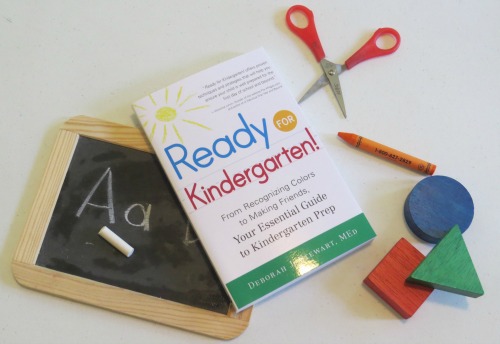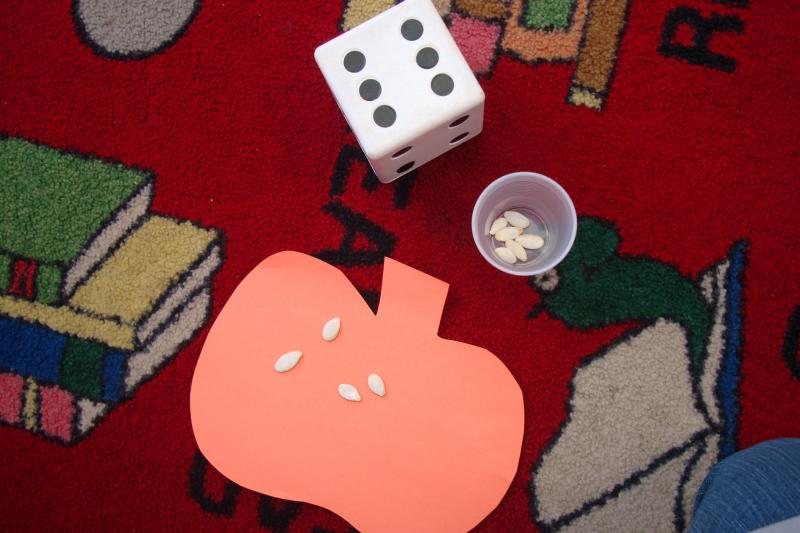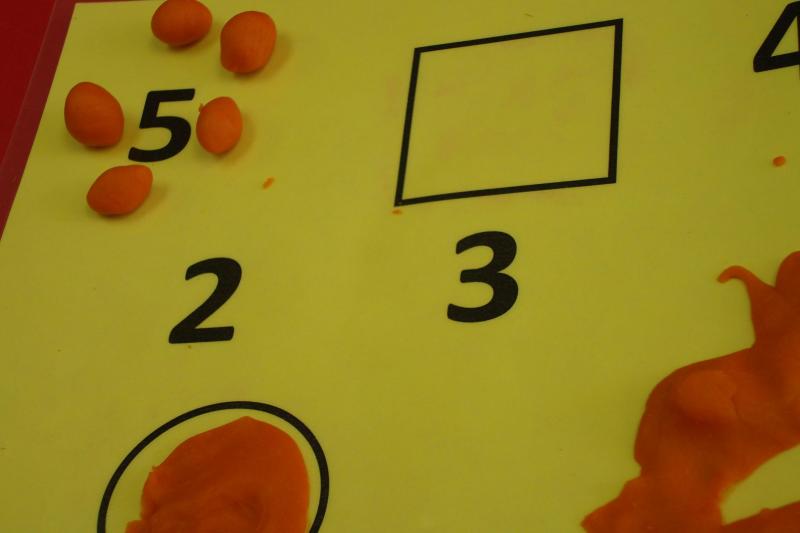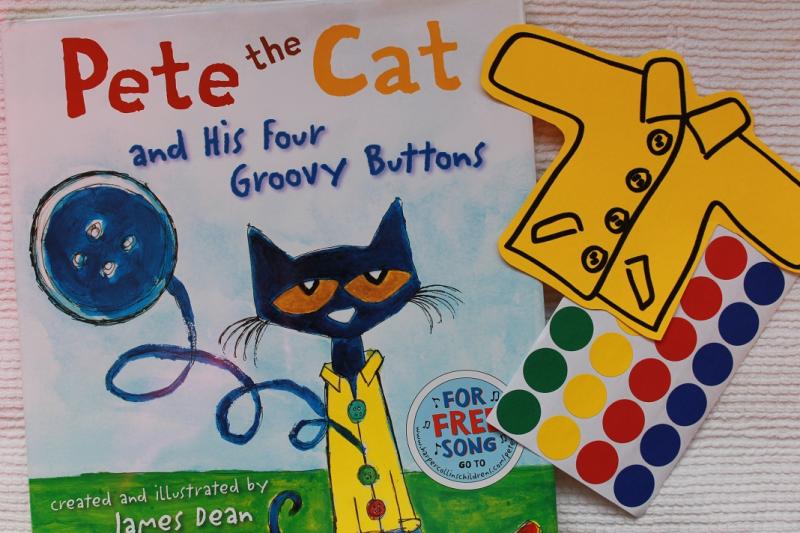Parents, teachers and caregivers of young children, I am recommending a new book for you to add to your library! Ready for Kindergarten!: From Recognizing Colors to Making Friends, Your Essential Guide to Kindergarten Prep by Deborah J. Stewart, MEd is the perfect resource for those wanting practical insight into preparing children for success in kindergarten. Deborah shares information about things children should know and how parents and caregivers can help. With each idea, the book describes “What Your Child Should Know”, “How You Can Help” and “Reflect, Revise, Revisit.”
For the book study, we are focusing on Counting and Number Recognition (a subsection of Chapter 10: The Core Concepts). Be sure to read to the end, as then you will have a chance to WIN a FREE COPY of Ready for Kindergarten!
What Your Child Should Know: Counting Objects
Rote counting (verbal counting by memory, starting at “one” and going up) and counting objects (one-to-one correspondence) are actually two different sets of skills, as Deborah points out in this chapter. Both require interest by the child and a means to practice developing these skills. We’ll be focusing on interactive ideas to help children practice counting objects.
How You Can Help: Using Games and Stories that Involve Counting
When integrating the use of numbers and the process of counting with real life objects and experiences, your child will develop a lasting knowledge and meaningful understanding of counting and number recognition. — Chapter 10, Ready for Kindergarten
When it comes to finding opportunities to practice counting objects with your preschooler, it’s almost limitless! You can count dandelions as you pick them outside, toy cars as you play, or Lego bricks as you build – real life objects that have meaning to a preschooler. Find topics and items that your preschooler or class is interested in, and find ways to incorporate counting of those objects. Here are a few ideas!
Count a seed pumpkin game
Using real pumpkin seeds and paper pumpkin cutouts, have each child take a turn rolling the die and counting the number of dots they have rolled. Then they put that same number of pumpkin seeds on their paper pumpkin.
Counting and graphing leaves
Go on a nature walk and collect a variety of different colored leaves. Have each child choose a favorite and then graph those on a board by color – and then count how many of each color you have.
Using a story
Read “The Leaves are falling one by one” by Steve Metzger, and have a small amount of leaves (real or construction paper cutouts). As you count the leaves in the story, tape a leaf to a chalkboard or posterboard, so children can see how the number of leaves increases. Have them count along with you.
What Your Child Should Know: Number Recognition
Number recognition (ability to recognize numerical symbols such as 1, 2, 3) is yet a different skill than rote counting and counting objects. But all these skills wind up being combined as children learn to recognize numbers. Deborah identifies that a child being able to recognize numbers 0 through 1 by kindergarten lays a solid foundation for continued counting and number learning as they enter school.
How You Can Help: Using Play and Stories that Feature Numbers
I think of it as “number literacy”. Those who work in education know that the more a child is exposed to stories and print, the better chances of success a child will have when learning to read. Let’s do the same with numbers, by exposing children to what numbers look like through fun activities and books!
Play dough fun (and more) with Math Mats
Preschoolers can practice number recognition and counting with these mats using play dough and a variety of other different materials. Providing different materials at different times can reinforce and scaffold learning.
Have preschoolers attempt to recognize numbers (particularly when they are not in numerical order). Identify the number and then use play dough or other small material to count out that number.
Using a story
Read simple books with your child that involve the creative use of numbers. Choose books that are about topics she’ll find interesting and fun to read.— Chapter 10, Ready for Kindergarten
Read “Pete the Cat and his Four Groovy Buttons”, which uses numbers and the concept of counting backwards, as Pete looses his buttons. Even though they count backwards in the story, you can use the concept of counting forwards as children help figure out how many buttons Pete has left. AND, the story shows each number big and bold for children to learn to recognize! So again, even though number recognition and counting are separate skills, they go hand-in-hand.
To add a hands-on component to this story, you can try this idea. Before you read, print out shirt clipart (or do a freehand drawing) onto some yellow cardstock or construction paper to look similar to Pete’s shirt in the story. Have children put 4 circle/dot stickers on their OWN shirt (you can put 4 dots on each circle with a marker to make them look more like a button, if you wish). I also put 4 sticker buttons on my shirt as well. As you read the story and Pete looses a button, have the children take one of their sticker buttons off their shirt and put it onto their yellow paper coat. Have them count how many buttons they have left on their own shirt – to go along with how many buttons Pete has left on his shirt. Be sure to point out the written number in the book after the children figure it out, so they start to associate the number with the numeric symbol. It’s a very fun story and a great read-aloud that children will want to hear more than once!
Reflect, Revise, Revisit: Independent exploration
After playing counting and number games or reading a number story – make the materials accessible for children to explore independently later. Use clear contact paper and laminate the math mats and put them in the play dough area. Or laminate Pete’s yellow shirt and put it in the reading center along with the book and stickers. Leave a cup of pumpkin seeds, pumpkin shaped cut-outs and a die in the math center. While observing your child/ren revisiting the materials, you can get a sense of how they are learning and developing those skills.
Enter to Win “Ready for Kindergarten”!
Now’s your chance … want a copy of Deborah’s book? Here’s what you do …
- POST A COMMENT here on this blog post. Share a counting or number recognition activity or let me know how you would use this book in your home or school.
- Be sure to enter a correct email address when entering, as this is how the winner will be notified.
Give-Away Rules
- The give-away will close on Sunday, September 8, 2013 by 8pm EST.
- The winner will be selected by Random Generator.
- The winner will be notified by email and must respond within 48 hours from notification or a new winner will be chosen.
- The winner will need to provide a shipping address when they respond to the email.
- Deborah Stewart will send the winner of this give-away one copy of the book! If you ask her, she will even sign it for you!!
- No entries will be accepted by email, on Facebook or any other forum. YOU MUST LEAVE YOUR COMMENT BELOW ON THIS POST TO ENTER.
- This give-away is void where prohibited by law.
Congratulations to Susie (comment #23)! Thank you for entering!
Deborah’s book now available on Barnes & Noble and Amazon
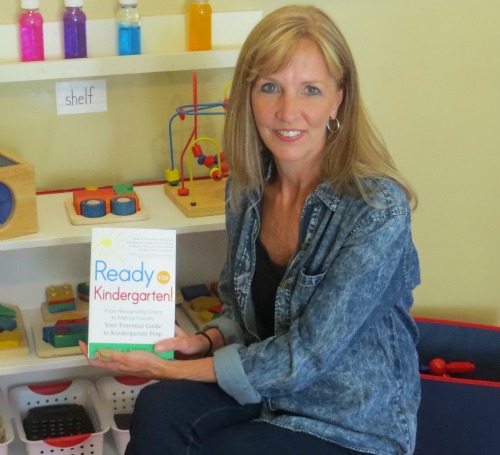
You can learn more about the book or go ahead and purchase a copy of Ready for Kindergarten!: From Recognizing Colors to Making Friends, Your Essential Guide to Kindergarten Prep online!
Disclosure: The author of Ready for Kindergarten! is providing a copy of the book for the giveaway. All opinions expressed in this post are mine. The SEEDS Network, LLC is a member in the Rakuten LinkShare Affiliate Network

